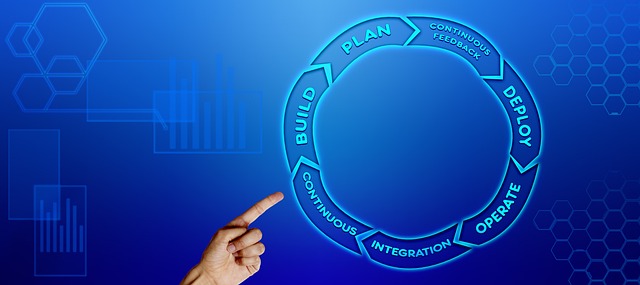
Innovative Robotics: Coding Advances in IT and Informational Technology
The world of robotics has taken a giant leap into the future, thanks to the continuous breakthroughs in IT and informational technology. As we journey deeper into the 21st century, the fusion of coding with robotics has not only changed the dynamics of how robots function but has also sparked a revolution in various industries. From assembly lines in factories to healthcare and even home automation, the role of advanced coding in robotics has expanded exponentially.
At the heart of this innovation lies programming, often regarded as the language of machines. With the rise of AI and machine learning algorithms, coding for robotics has moved beyond traditional methods, embracing contexts where machines can learn and evolve autonomously. This has made programming more dynamic and allows developers to create systems that can adapt to their environments, hence improving efficiency and accuracy.
In the IT realm, the advent of sophisticated coding languages has transformed how we approach software for robotics. Languages like Python, C++, and ROS (Robot Operating System) have become vital tools for engineers and developers. Python, for instance, is celebrated for its simplicity and versatility, allowing quick prototyping and iteration in robotic applications. This accessibility means that more individuals—students, hobbyists, and professionals alike—can engage in the field of robotics and contribute to its evolution.
Furthermore, the integration of big data analytics with robotics cannot be overlooked. As robots gather vast amounts of data through their sensors, IT professionals are tasked with developing solutions to efficiently process and analyze this data. This interplay of coding and robotics aids in refining algorithms that make robotic systems smarter, enhancing their decision-making capabilities and optimizing their performance over time.
As we delve deeper into informational technology, the collaborative ecosystem between coding and robotics reveals the potential for groundbreaking applications. For example, in the realm of healthcare, robotic systems are being coded to assist in surgeries, perform diagnostics, and even provide companionship. These advancements not only enhance operational efficiency but also improve patient outcomes, marking a significant leap forward in the medical field.
Moreover, in the manufacturing sector, robotics equipped with advanced coding technologies are streamlining production processes, reducing waste, and maximizing output. The evolution of Industry 4.0 signifies that smart factories will rely heavily on coded systems that integrate robotics, IoT, and cloud computing to create a seamless production environment. This digital transformation is only possible through the skilled hands of programmers who understand the intricacies of robotics and IT.
In educational contexts, the coding and robotics synergy is helping to cultivate the next generation of innovators. Programs that focus on teaching children the fundamentals of robotics through coding are proving to be incredibly effective. These initiatives nurture skills such as problem-solving, critical thinking, and creativity, ensuring that students can navigate and contribute to the technological advancements of the future.
The interplay between robotics, IT, and coding is expanding our horizons and enabling remarkable innovations that were once the stuff of dreams. As we continue to explore the boundless potential of robotics, we must embrace the advancements in coding that make this future possible. Whether you are a seasoned programmer or a novice starting your journey into robotics, the opportunities to innovate and make a difference are limitless. Embrace this exciting journey, for the world of robotics is just getting started!



